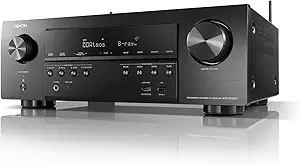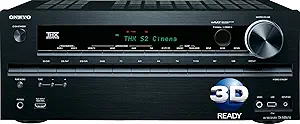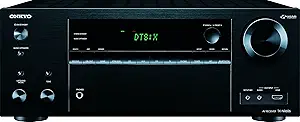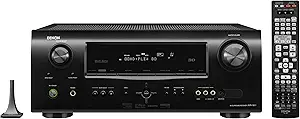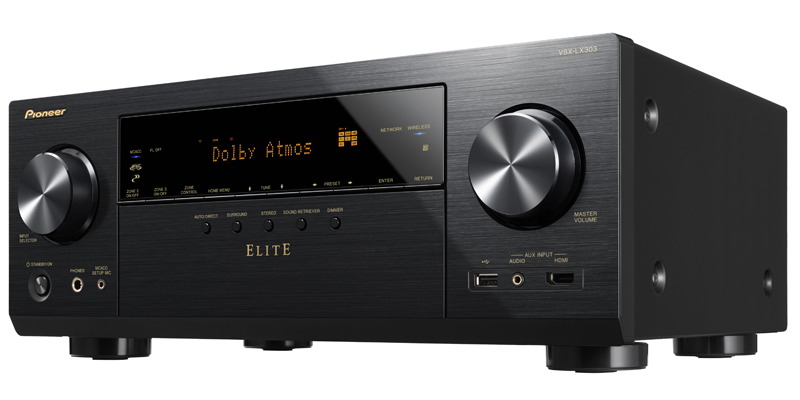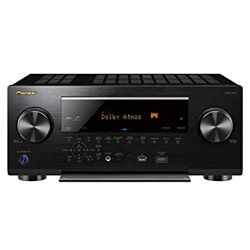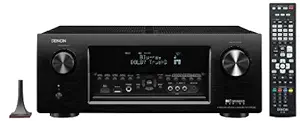Pioneer VSX-1131 VS
Pioneer VSX-933

- Brand - Pioneer
- Updated_at - 2023-12-18 19:07:23
- USB - 1
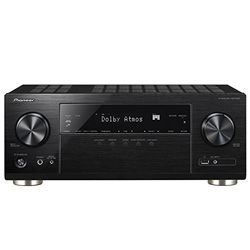
- Brand - Pioneer
- Updated_at - 2023-12-18 19:07:23
- USB - 2
Pros & Cons
Pioneer VSX-1131
VSPros
- Many parameters to adjust make this receiver flexible and versatile.
- The on-screen menu is user-friendly, you can easily find what you need.
- The initial calibration process is very easy and it is precise.
Cons
- Some customers claim that the device becomes very hot.
- You can get some noise when you use the phono input port.
Pioneer VSX-933
VSPros
- It maintains all audio formats. You do not have to spend a lot of time to find the appropriate file.
- Built-in Chromecast and DNS Play-Fi provide streaming music and internet radio from the mobile device.
- Stable Wi-Fi for wireless connection with any smartphones and laptops, as well as PC.
Cons
- Pay attention! If you want to buy this receiver because of the multi-zone feature, keep in mind that it is only compatible with the analog inputs. HDMI won’t help you use zone 2 function.
- In Zone 2 it works only on the RCA (analog) inputs but not HDMI or digital ones. So, to install speakers on the patio for accessing to satellite audio channels it is necessary to get DAC with the optical/coax outputs of the sat AV going in. Then you need to get RCA output going into the RCA inpu
Specifications
Groups
| Specification | Pioneer VSX-1131 | Pioneer VSX-933 |
|---|---|---|
| Connector Type | ||
| Optical Digital Inputs | 2 | 1 |
| Phones | 1 | 1 |
| Av Inputs | 3 | 4 |
| Usb | 1 | 2 |
| Subwoofer Outputs | 2 | 2 |
| Coaxial Digital Outputs | has not | has not |
| Optical Digital Outputs | has not | has not |
| Hdmi Outputs | 2 | 1 |
| Hdmi Inputs | 7 | 4 |
| Coaxial Digital Inputs | 1 | 1 |
| Additional Features | ||
| Three-zone Capability | ||
| Smartphone Remote Control | ||
| A-b Speaker Switch | ||
| Dual-zone Capability | ||
| Pure Direct Mode | ||
| Auto Power Off | ||
| Bi-amplifying | ||
| Audio Return Channel (arc) | ||
| Apple Air-play Support | ||
| Advanced Sound Retriever (asr) Technology | ||
| Functions | ||
| Network Audio Player | ||
| Internet Radio | ||
| Digital Player | ||
| Power Device | ||
| Standby Power Consumption | 0.1 W | 0.1 W |
| Operational Power Consumption | 550 W | 480 W |
| Built-in Decoders | ||
| Dts:x | ||
| Dolby True Hd | ||
| Dolby Surround | ||
| Dolby Digital Plus | ||
| Dolby Atmos | ||
| Connectivity Interfaces | ||
| Wi-fi | ||
| Bluetooth | ||
| Ieee 802.3u | ||
| Ieee 802.3 | ||
| Audio Formats | ||
| Wma | ||
| Wav | ||
| Mp3 | ||
| Flac | ||
| Apple Lossless | ||
| Aiff | ||
| Aac | ||
| Signal Processing | ||
| Upscaling Via Hdmi | up to 4K | up to 4K |
| 3d Pass-through | ||
| Video Conversion/scaling | HDMI to HDMI scaling | HDMI to HDMI scaling, analog to HDMI up conversion |
| Hdmi Pass-through | up to 4K | up to 4K |
| Radio | ||
| Preset Station | 40 | 30 |
| Tuner Bands | AM/FM | AM/FM |
| Tuner Type | digital | digital |
| Clock | ||
| Sleep Timer | ||
| Built-in Clock | ||
| Built-in Display | ||
| Colour | black | black |
| Type | fluorescent | fluorescent |
| Amplifier | ||
| Total Harmonic Distortion | 0.08 % | 0.08 % |
| Frequency Response | 10 Hz-100 kHz | 20 Hz-20 kHz |
| Output Impedance Per Channel | 6 Ohm, 8 Ohm | 6 Ohm, 8 Ohm |
| Output Power Per Channel | 100 W, 170 W | 80 W |
| Total Output Power | 160 W | 560 W |
| Sound Features | ||
| Digital Content Protection | HDCP 2.2 | HDCP 2.2 |
| Surround System Class | 7.2 channel | 7.2 channel |
| Surround Sound Effects | Front Stage Surround Advance | Theater-Dimensional Virtual Surround |
| Audio D/a Converter | 32bit / 384kHz | 32bit / 384kHz |
| Media Content Source | ||
| Usb-host | ||
| Network | ||
| Bluetooth | ||
| Dimensions | ||
| Dimensions | 12.6 x 17.1 x 6.6 inches | 14.6 x 17.1 x 6.8 inches |
| General | ||
| Brand | Pioneer | Pioneer |

